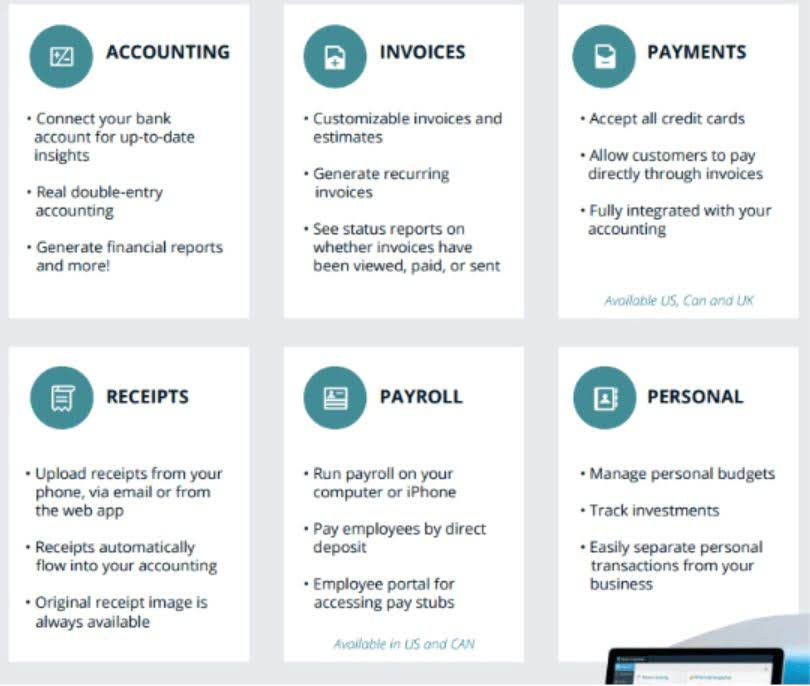
The important financial transactions occurring every day are reported and presented in the income statement. For example, sales revenues, cost of goods sold, gross profits, administration expenses, salary expenses, interest expenses, tax expenses, and net profits. An Income Statement in Finance and Accounting is a key financial report that summarizes a company’s revenues, expenses, and net income over a specific period. Also known as a Profit and Loss Statement (P&L), it helps businesses track financial performance, identify profitability trends, and make informed strategic decisions. An income statement is a financial report that summarizes the revenues and expenses of a business.
Non-Operating Revenue
Selling expenses are the expenses that may occur directly or indirectly related to the sale of goods, including salespeople’s salaries, advertising expenses, commissions, warehouse cost, and shipping cost. They are usually the expenses that occur for taking orders and fulfilling them. Revenues are recorded using the accrual method of accounting as of the day the items are sold, or the services are rendered. Since revenues lead to a growth in shareholders’ or owners’ equity, the revenue accounts are anticipated to have positive balances.

Primary-Activity Expenses
Profits are the net financial benefits earned by a company after paying all the direct and indirect costs incurred. A company’s profit what accounts are found on an income statement is also sub-categorized according to the exclusion of expenses at each stage. Expenses correspond to the expenditures that are incurred by the management for running the company’s operations. The expenses are also sub-categorized into direct and indirect expenses. Additionally, these are also called operating and non-operating expenses. First, it can include irrecoverable balances that companies must write off to present an accurate amount.
- As a result of your studying, you will stand out from others who are limited to citing the bottom-line amount.
- Each has a unique format that affects how we see their financial health and success.
- At most, you may need to include it as an additional line item in the standard template, if it has not already been included.
- Instead, it is a part of the balance sheet, usually reported under current assets.
Selling, general and administrative expenses
Holders of common stock elect the corporation’s directors and share in the distribution of profits of the company via dividends. If the corporation were to liquidate, the secured lenders would be paid first, followed by unsecured lenders, preferred stockholders (if any), and lastly the common stockholders. To illustrate, assume a company had purchased equipment 8 years ago at a cost of $70,000 and its accumulated depreciation on the date of the sale was $55,000. The combination or net of these two amounts is $15,000, which is known as the equipment’s book value or carrying value. Here’s an example of an income statement from a fictional company for the year that ended on September 28, 2019. As a growing small business, following your income account statements closely is essential.
- Regardless of the formatting method chosen, however, remember to maintain consistent usage in order to avoid confusion.
- Operating income shows how much profit a company makes from its main business, minus the operating expenses.
- In general, the contribution margin income statement simply shows the contribution of the total revenue in covering the fixed cost after the variable cost has been deducted.
- An example of non-operating expense is currency exchange costs or interest payments.
- However, if the customer fails to repay, the balance may classify as irrecoverable.
Where Can I Find a Business Lawyer Near Me?

It’s like a report card for a business’s financial performance, indicating how much money is being made and spent, ultimately revealing whether the company is making a profit or a loss. A GAAP income statement is structured to offer a https://www.bookstime.com/ detailed view of a company’s financial performance. It begins with revenue, the total income from the sale of goods or services.
- Thus, interim financial statements are prepared for management to check the status of operations during the year.
- The other three account types of Assets, Equity, and Liabilities are reported on the Balance Sheet.
- Whether analyzing company performance, securing investments, or ensuring tax compliance, understanding Income Statements in Finance and Accounting is crucial for effective financial management.
- In the case of a sole proprietorship, the equity account is the owner’s capital account.
- It is called the single-step income statement as it is based on a simple calculation that sums up revenue and gains and subtracts expenses and losses.
- Net income is revenue plus other income minus all expenses, like COGS and taxes.
- Operating revenue is often the largest component of total revenue and directly correlates with business activity.
- In the income statement, expenses are costs incurred by a business to generate revenue.
- They can then tell apart the results of main operations from other activities.
- These are all expenses linked to non-core business activities, like interest paid on loan money.
- Costs of goods should be increasing or decreasing consistently with the revenues fluctuation.
The most common non-operating expenses are debt interest charges, inventory write-offs, and lawsuit settlements. Income accounts or income statement accounts can also be called temporary or nominal accounts. It records your business revenue, expense, profit, and loss transactions within a given period. The main difference between operating income and net income lies in what Financial Forecasting For Startups they measure.


The accounting method under which revenues are recognized on the income statement when they are earned (rather than when the cash is received). Recall that the operating revenues for retailers and manufacturers are the amounts earned from its main activities including its net sales. The operating revenues of a service business are the amounts earned from its main activity of providing services. Some people use the term gross margin to mean the gross profit percentage, which is the amount of gross profit divided by net sales. Expressing the gross profit as a percentage of net sales allows the company’s executives and financial analysts to see if the company was able to maintain its selling prices and gross profit percentages. The percentage also allows a company to compare its percentage to that of its competitors.
